Like many across the world, Rejwan grows anxious as he scans the news on his cellphone, his mind taking in the rocketing numbers of people contracting the coronavirus and the mounting death toll.
But for 21-year-old Rejwan, the pandemic is particularly scary because of where he lives: Kutupalong refugee camp in Cox’s Bazar, Bangladesh. It is the world’s biggest refugee camp, now home to more than 600,000 refugees from the Rohingya community ― like Rejwan and his family ― who fled persecution in Myanmar.
They are densely packed in ― more than 100,000 people live in every square mile ― and despite improvements, poor sanitary conditions mean they are already at risk from diseases like dysentery, typhoid and diphtheria. For them, COVID-19 is a terrifying prospect.
“So many deaths in Italy,” Rejwan wrote in a WhatsApp message to HuffPost. “I am worried.” Panic and rumors about the illness continue to sweep across Cox’s Bazar, where humanitarian organizations are working against the clock to raise awareness on hygiene, hand-washing and social distancing among residents living in a labyrinth of hot plastic tents, now under lockdown.
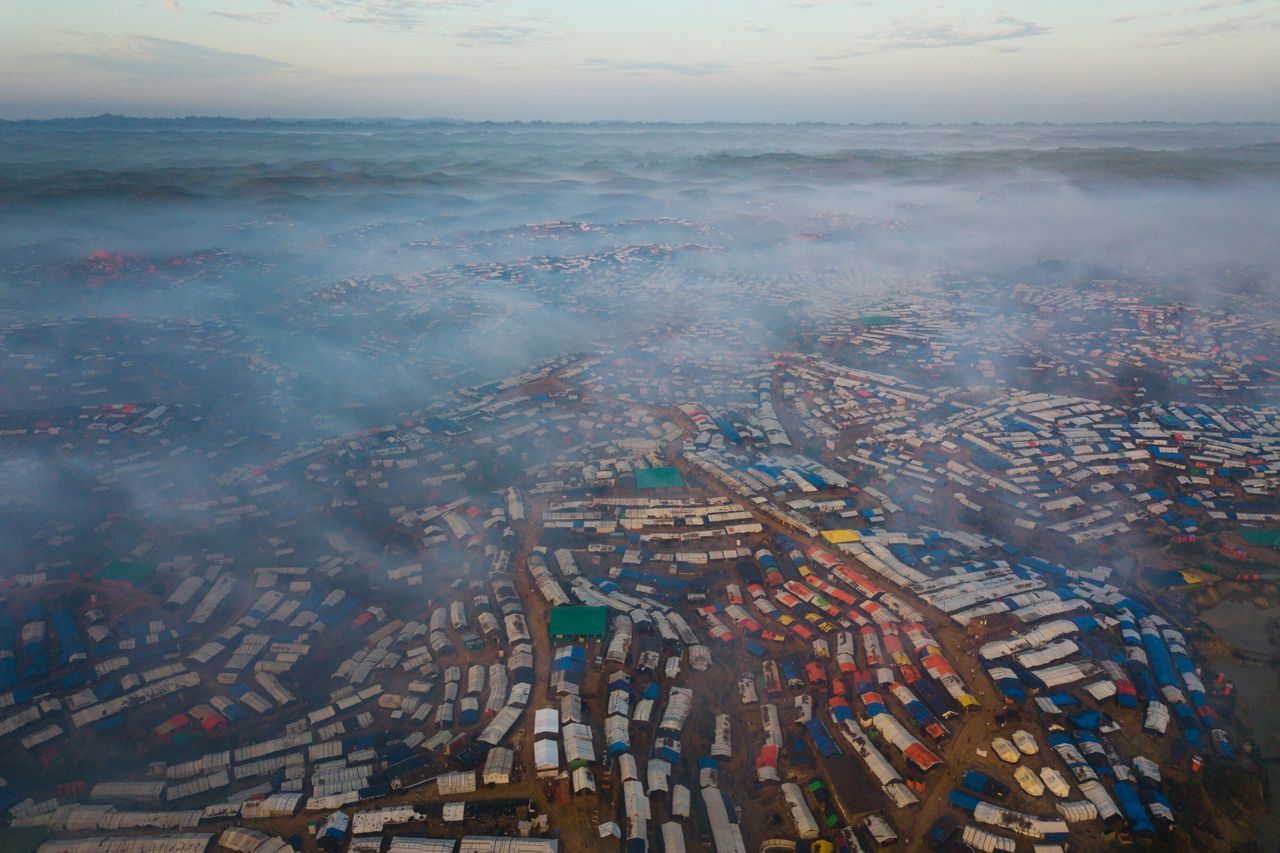
There are currently some 26 million refugees displaced from their own countries by conflict, and more than 40 million internally displaced people. In total, a tenth of all refugees are confined to refugee camps, including in Bangladesh, Myanmar, Greece, Turkey, Jordan, Gaza, Uganda and the Democratic Republic of Congo. Each camp has its own vulnerabilities, all of which make the coronavirus even more of a threat: Some are overcrowded, others too difficult to reach due to ongoing conflict or too dispersed to guarantee medical assistance, and many lack clean water.
Coronavirus cases have been confirmed in the district of Cox’s Bazar although not yet in any of the camps. Reports of the coronavirus in a refugee camp in Greece at the beginning of April sent shivers through the humanitarian community. A quarantine regime has been enforced for those suspected to have the virus in the Greek camp, while isolation facilities and additional hospital beds have been prepared in Cox’s Bazar.
“Three-quarters of the world’s refugees and many migrants are hosted in developing regions where health systems are already overwhelmed and under-capacitated,” the United Nations said in a statement, which called for refugees to be included in national efforts to fight the virus.
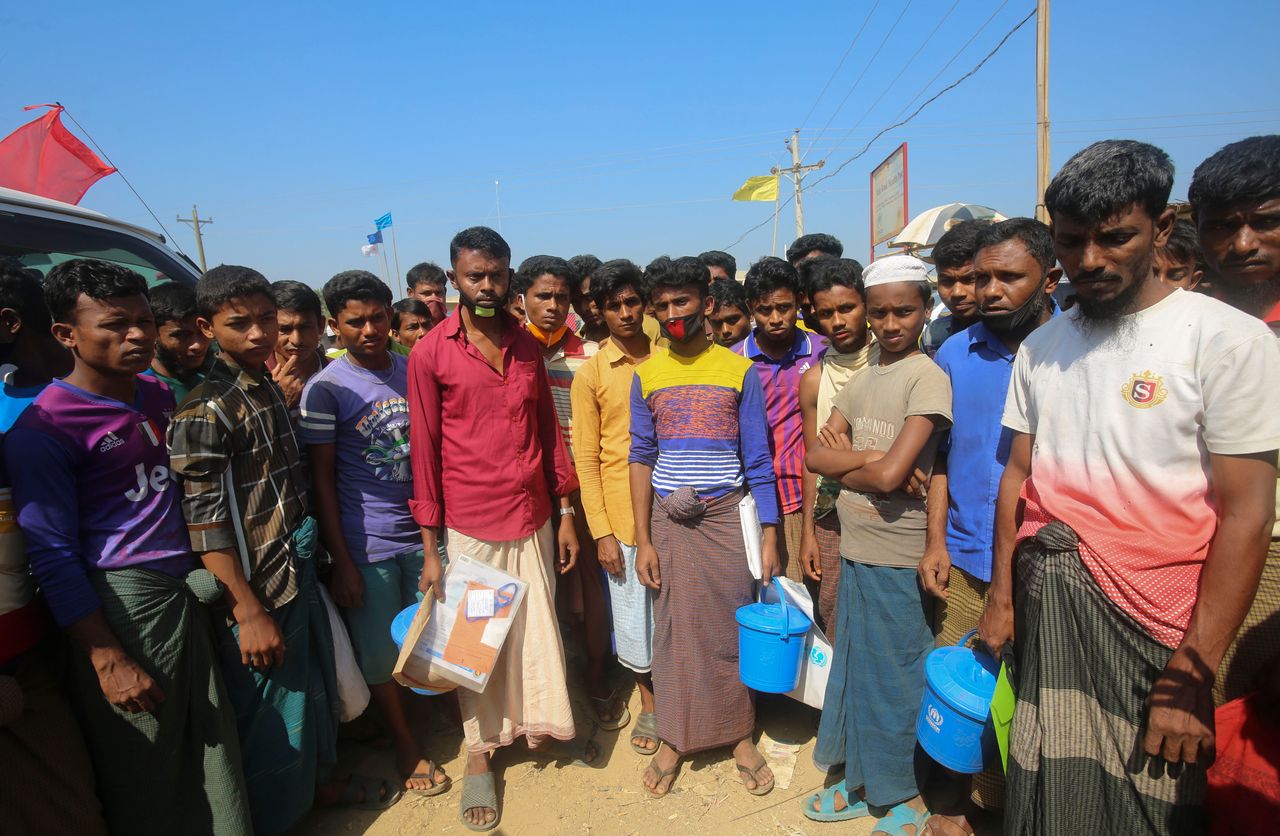
But as the pandemic encroaches on camps, it threatens not just the health of refugees now, but the flow of humanitarian aid on which their long-term welfare relies. And it’s a concern developing across the spectrum of international development agencies. COVID-19 is a one-two punch for global humanitarian efforts: Making the lives of those already living in incredibly difficult conditions infinitely harder, and at the same time as redirecting resources away from the programs designed to help them.
As western countries turn inward to fight the outbreak of COVID-19 and the economic crisis it has brought, global NGOs and nonprofits fear that funding will plummet. Meanwhile, travel restrictions and lockdowns across the world have grounded aid workers, leaving many humanitarian organizations understaffed and forced to abandon development programs.
Some aid workers who might otherwise be sent abroad are being called on to help with COVID-19 response efforts at home, as developed nations find themselves suddenly in the middle of their own humanitarian crisis. Funding for NGOs, charities and U.N. agencies is increasingly being funneled toward pandemic response efforts and other projects are being postponed, say humanitarian workers.
The crisis has so far hit worst among the pool of countries that have consistently been the biggest donors to the United Nations High Commissioner for Refugees (UNHCR), the U.N. refugee agency, countries that are now setting aside vast sums to relieve the financial pressure at home. The U.S., for example, which now has the highest number of COVID-19 deaths in the world, contributed $1.7 billion in 2019. And the European Union, currently fighting to flatten the curve on the virus, gave $473 million.
“We are very concerned,” a senior U.N. official told HuffPost on condition of anonymity. “With everybody’s budget shrinking and most of the funds injected into the economy, humanitarian programs won’t get attention.”
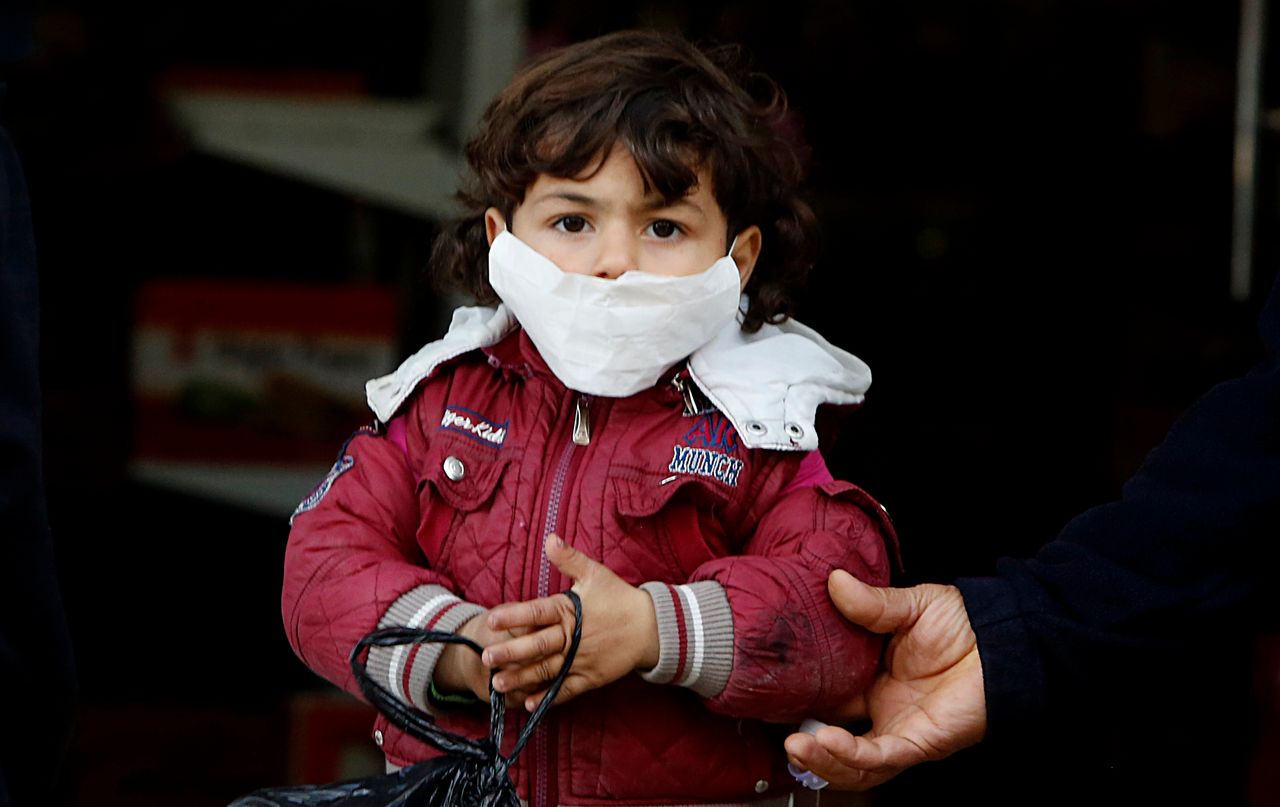
And it’s not just governmental donations that support humanitarian work. Companies, foundations, wealthy philanthropists and ordinary individuals donated a total of over $420 million in 2019 to UNHCR. Now companies are slashing or canceling dividend payments and borrowing heavily to stay afloat, leaving future donations in doubt, while what they are giving is often directed at efforts to fight the virus.
The same impetus seems to be driving individual philanthropy. Fundraising platform JustGiving confirmed to HuffPost a clear shift in interest towards COVID-related causes.
Jeremy Konyndyk, who advised the Obama administration on a pandemic playbook for the U.S. government and works now with the Center for Global Development, a Washington think tank, is worried that the pandemic will lead to hasty decisions to cut off aid.
“Humanitarian and foreign aid is just easier to cut than other things for a country which is facing tight budgets due to emergency,” he said.
But, he argued, taking back this money wouldn’t make much of a difference. Global humanitarian funding totals around $30 billion per year, a small amount compared to the $2 trillion that the U.S. alone intends to invest on economic countermeasures for COVID-19.
It is too early to quantify likely future losses, but aid agencies are drawing up plans for the possibility that major donors, especially richer countries and companies, could reduce funding as a catastrophic economic crisis hits and unemployment soars.
“Long-term there is a question of whether the biggest humanitarian donors like the U.S., Europe or the U.K. will be giving the same level of funding in the next couple of years or decades,” said Oxfam humanitarian officer Ben Phillips, adding that humanitarian efforts will have to become “more creative” and look more at the private sector for funding.
Oxfam ― which works in refugee camps worldwide, from Cox’s Bazar to the Democratic Republic of Congo ― has already seen its income plummet, projecting a monthly loss of $8.6 million over the next few months after its 600 shops in the U.K. were closed by government order, while the lockdown has halted the organization of social events used to raise funds globally.
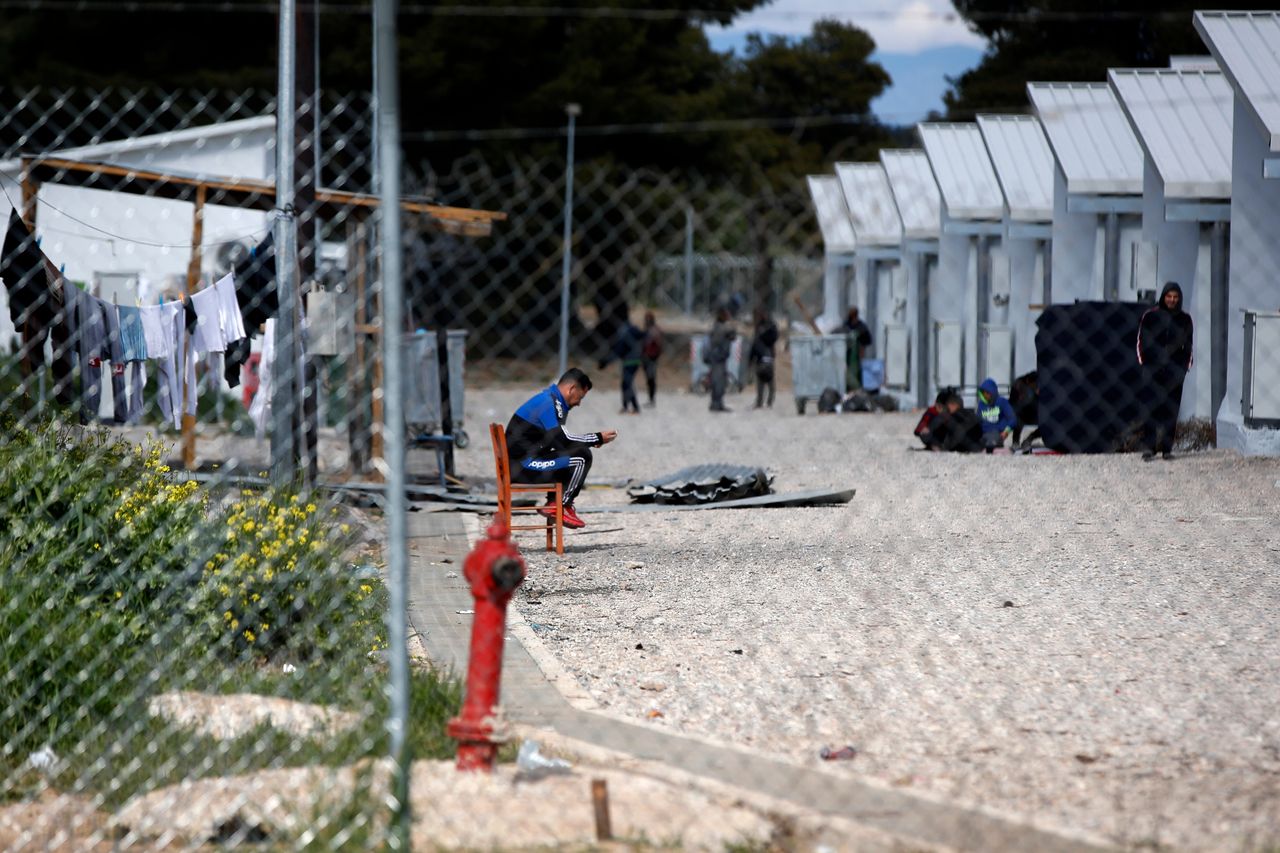
The coronavirus crisis itself is attracting funds. An appeal by the U.N. Refugee Agency launched at the end of March to raise an additional $255 million from governments across the world to support refugees during the pandemic has been met 50% so far.
But COVID-19 is a crisis on top of the crises humanitarian organizations were already grappling with.
“In the same way in a hospital a surge of cases can displace the ability of the hospital to treat all the things that they would normally treat, there’s a parallel concern in the humanitarian field that this surge of emphasis on COVID will divert resources that would have otherwise been used on other emergencies,” said Konyndyk.
This is fueling frustration among humanitarian workers, widely discussed on Facebook groups. Some say development efforts such as those focused on maternal health and child care are being suspended, with workers asked to redirect efforts to reinforce the COVID-19 response teams, threatening to set back years of progress.
One immediate impact of the pandemic on western NGOs has been a partial diversion of resources from projects in the developing world to richer countries.
Médecins Sans Frontières, the humanitarian medical NGO, has redirected some of its staff to European countries such as Italy, Spain and France.
“What we are really focusing on at the moment is trying to preserve our regular program because our entire operation is impacted by this crisis,” MSF director general Liesbeth Aelbrecht told HuffPost from the organization’s Geneva headquarters.
“Travel restrictions mean that it is almost impossible to move any staff across borders, where we normally have hundreds of departures every week. So far, we have been able to count on the solidarity of colleagues who extended stays and working hours,” Aelbrecht said. But the full impact will become apparent in a month or so as staff will no longer be able to sustain this.
Meanwhile, coronavirus isn’t the only deadly disease the group is fighting. MSF is having to navigate almost impossible obstacles just to do its usual work.
“This is happening while there are other outbreaks,” said Aelbrecht. “In DRC, there’s a measles outbreak, but can you continue your vaccination program? Can you move around people? There are very new dilemmas and we have to come up with new protocols.”
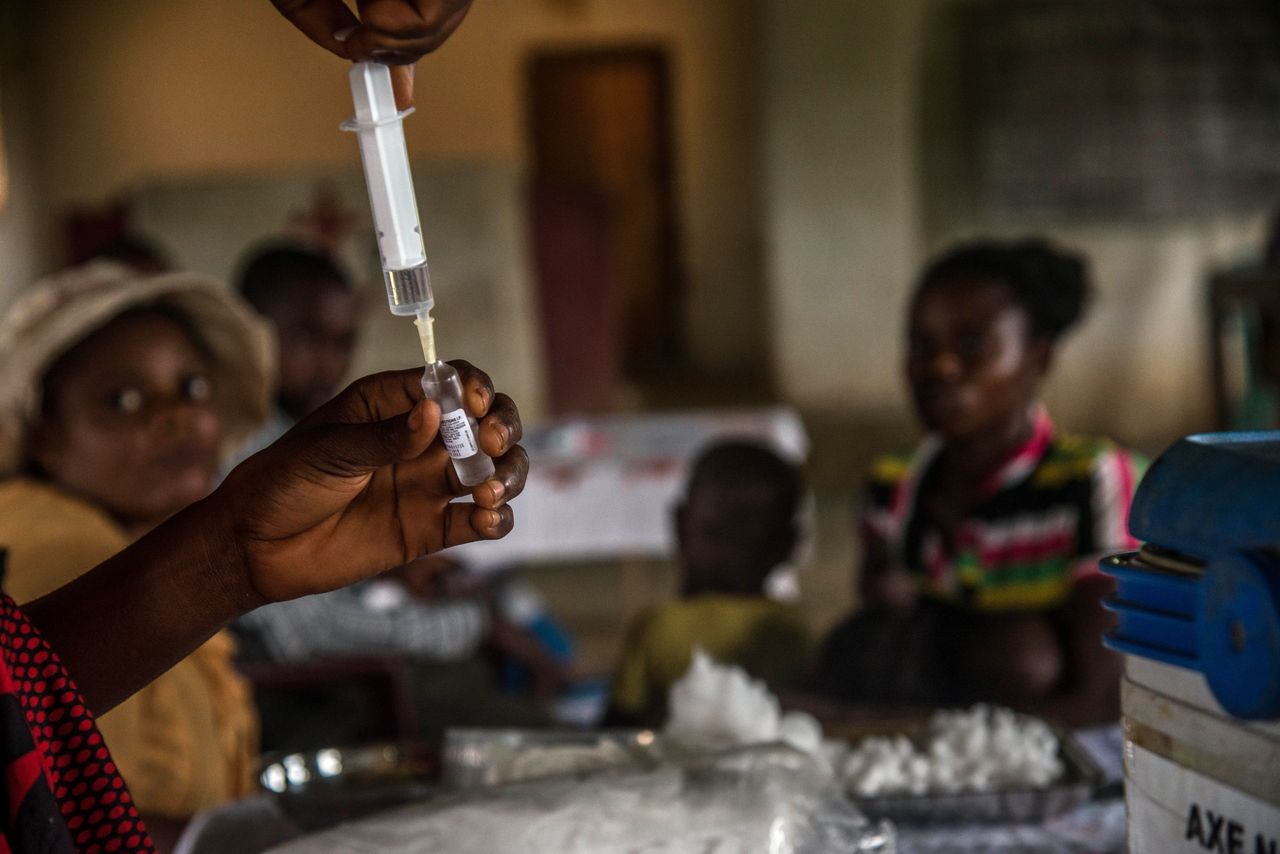
And the coronavirus is likely to give rise to new humanitarian challenges. “Our analysis and fear is that one of the consequences of COVID-19 is that we will see a rise in hunger levels, especially in the Sahel region of Africa, which is extremely exposed; in India; and some parts of the Middle East. In some countries half of the population is exposed to food insecurity,” said Jean-François Riffaud, director general of France-based Action Against Hunger.
April research suggests more than half a billion people in the developing world could be pushed into poverty as a result of the pandemic.
Gina Portella, an anesthetist with Emergency, an Italian medical NGO helping refugees and migrants globally, has now switched her focus to her own country.
“Due to the lockdown, we could not open programmed new operations in Uganda, Yemen and Sudan, so we offered to help here at home in Italy,” she said.
As a doctor who has worked on the front lines of the fight against the Ebola virus in Africa, she now describes an equally dramatic situation coordinating a team in Lombardy, northern Italy, the epicenter of the coronavirus crisis there.
She remains hopeful that the solidarity of communities seen in this pandemic will stir people in richer nations to reevaluate other crises far from home. “We are all the same in these situations. I hope this will make people understand more the contexts of emergencies.”
But for the Rohingya in camps on the Bangladeshi border, already surrounded by fences and barbed wire, the pandemic means further isolation and exclusion. Fewer humanitarian workers are managing to enter. Bangladesh restricts internet in the camps and Rejwan’s cellphone — his lifeline to the outside world — has gone silent.
For more content and to be part of the “This New World” community, follow our Facebook page.
HuffPost’s “This New World” series is funded by Partners for a New Economy and the Kendeda Fund. All content is editorially independent, with no influence or input from the foundations. If you have an idea or tip for the editorial series, send an email to thisnewworld@huffpost.com.
- Stay up to date with our live blog as we cover the COVID-19 pandemic
- What you need to know about face masks right now
- How long are asymptomatic carriers contagious?
- Lost your job due to coronavirus? Here’s what you need to know.
- How to switch off from work when home is your office
- 8 sleep tips if coronavirus anxiety is keeping you up at night
- How long does coronavirus live in the air?
- The HuffPost guide to working from home
- What coronavirus questions are on your mind right now? We want to help you find answers.
- Everyone deserves accurate information about COVID-19. Support journalism without a paywall — and keep it free for everyone — by becoming a HuffPost member today.